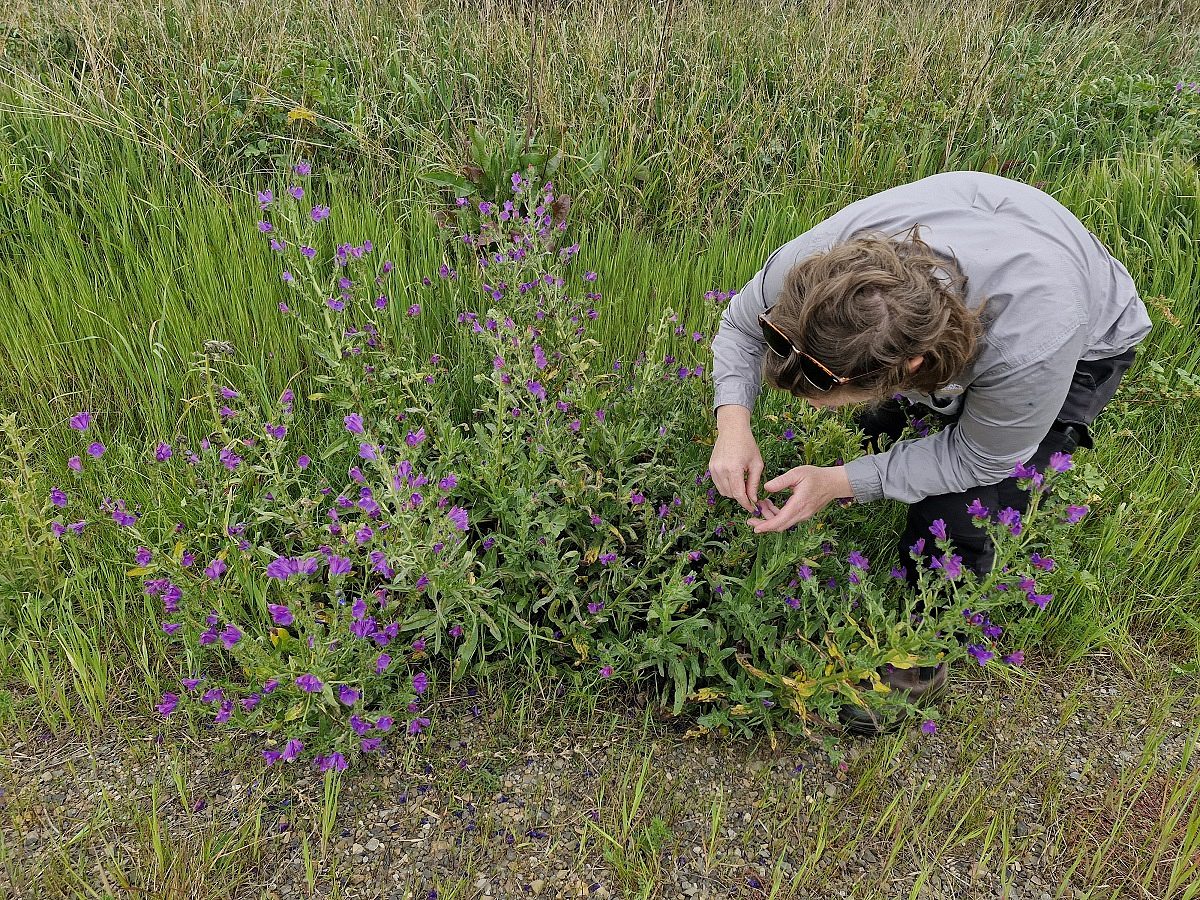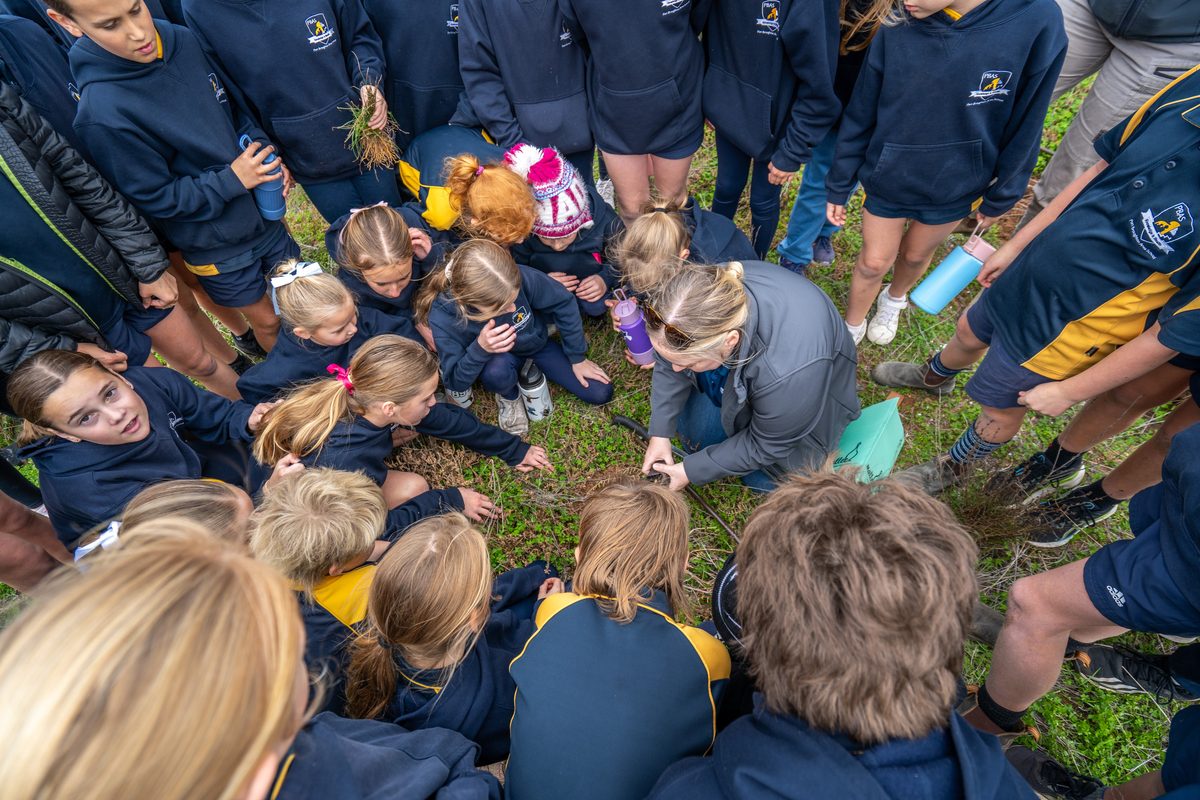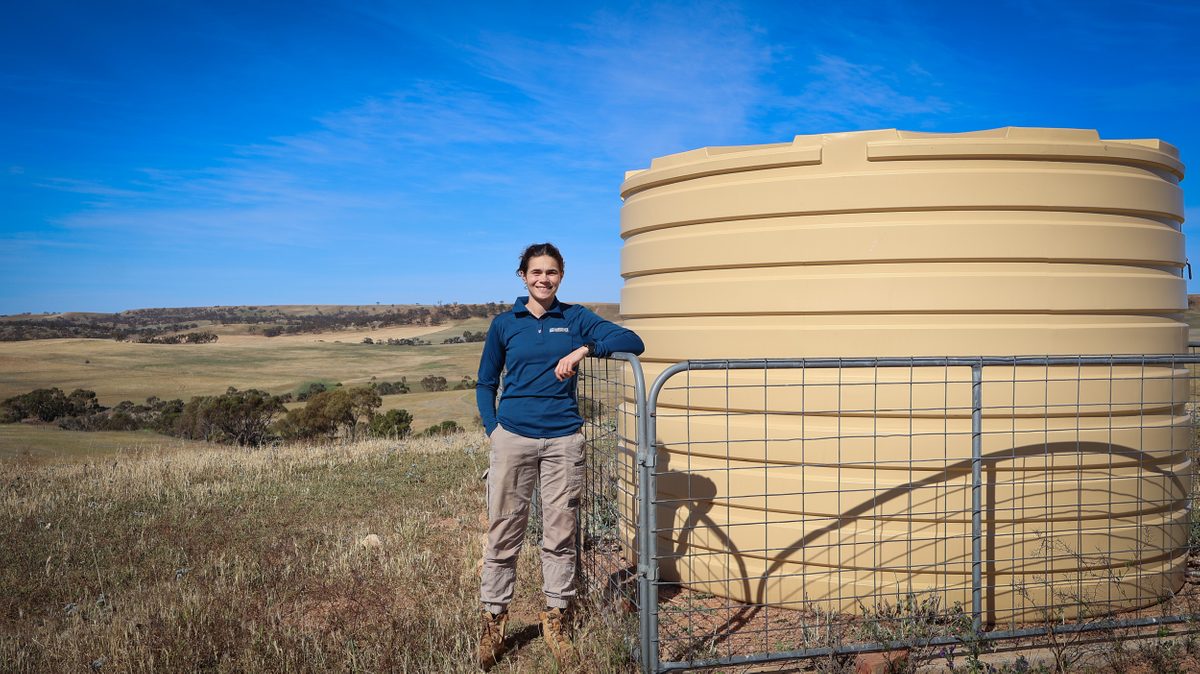Mid North farmers share strategies to tackle the dry
A recent tour visiting four properties across the Mid North provided over 50 local landholders with an opportunity to see how containment feeding set ups could be implemented at various scales.
The group toured four properties at Booleroo Centre, Black Rock and Jamestown, hearing from farmers about why they had implemented containment feeding on their property, how they had selected their containment sites, what they had learned through the process of setting up the containment lots, the costs involved and the positive impact that containment feeding had had on their flocks.
Mt Bryan sheep farmer Thomas Quinn attended the tour to see how other farmers have constructed effective containment lots on their properties, and to see what was involved in designing and managing them.
“Following a couple of dry seasons and a similar outlook for the coming year, I was interested in learning about containment feeding to maintain flock numbers, particularly our breeding stock, over summer,” Mr Quinn said.
“In dry times we want to preserve pastures and try not to impact the land too heavily so that when it does rain our paddocks will recover quicker.
“It was refreshing to see that containment lots are achievable with minimal outlay and infrastructure.
“I came away from the day with a better understanding of what goes into setting up a containment lot and the realisation that we could quite easily do something similar on our property.”
Deb Scammell from Talking Livestock who facilitated the day said that the feedback from the tour was very positive.
“We were able to look at quite different set ups from very simple to larger scale, which was inspiring to the farmers that came along on the day, to see that it is easy to get started.
“The format of learning off of farmers that have utilised containment over the last few years is beneficial to prevent the same mistakes being made in new set ups.”
Ms Scammell said that containment feeding can be a useful tool to ensure that stock are fed precisely and economically to meet their nutritional requirements.
“The added benefit is that they use less energy as they’re not walking around the paddock, ground cover in paddocks is preserved, there is reduced erosion and the land has a greater ability to recover quickly after a dry period,” Ms Scammell said.
Ms Scammell said that from her experience pregnant ewes that were correctly fed in containment in most cases ended up with equal or better lamb marking percentages than when they were supplementary fed in paddocks in previous years.
“Joining in containment has also resulted in very high percentages too,” Ms Scammell said.
The tour was hosted by Upper North Farming Systems through funding from the Australian Government’s Regional Landcare Program, the Northern and Yorke NRM Board, AgEx Alliance, Zoetis and Alltech Lienert.
For more practical information about managing and designing a containment feed area, click here or contact the Natural Resources Centre in Clare on 8841 3444.


